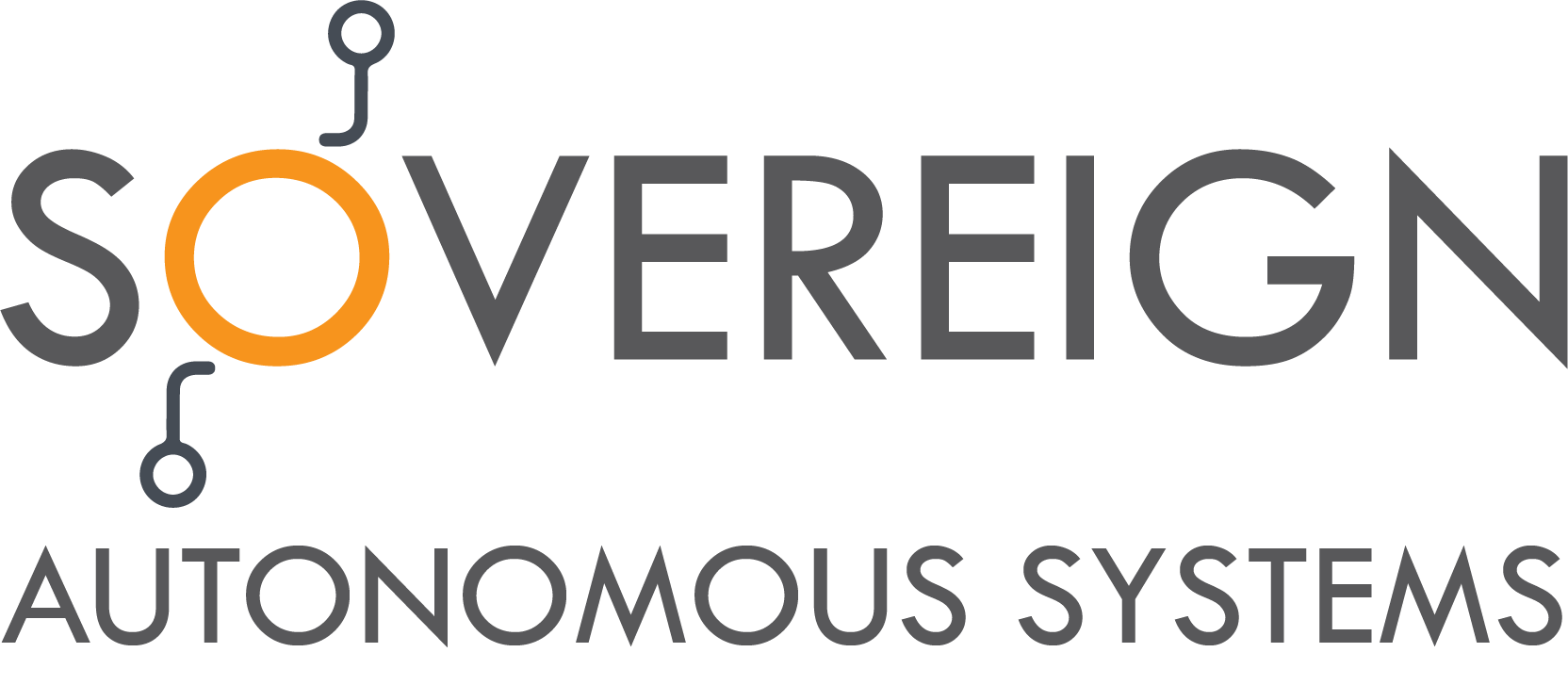Model-based Flight Control Systems
Model-based flight control systems are a class of flight control systems that use mathematical models of the aircraft’s dynamics and control surfaces to determine how to adjust those surfaces to achieve desired flight characteristics. These systems are typically used in modern aircraft and spacecraft, where precise control is essential for safe and efficient operation.
The models used in these systems are based on the principles of physics and are designed to capture the complex interactions between the aircraft’s various components, including its wings, engines, and control surfaces. By using these models, flight control systems can accurately predict how the aircraft will respond to different control inputs and adjust the control surfaces accordingly.
Model-based flight control systems are highly advanced and complex, often incorporating multiple layers of control algorithms to ensure the aircraft remains stable and controllable under a wide range of operating conditions. These systems play a critical role in ensuring the safety and reliability of modern aircraft and are constantly being improved and refined through ongoing research and development.
True Hardware-in-Loop Simulation
True hardware-in-the-loop simulation for drones involves integrating physical drone components with a simulation environment to test and validate drone control algorithms, sensors, and other hardware in a realistic and safe manner.
Advanced Control Capable of Aggressive Maneuvering
Advanced autonomous flight dynamic capable complex aerobatic maneuvers by an autopilot refer to the ability of an autonomous aircraft’s autopilot system to execute highly complex and dynamic aerobatic maneuvers with precision and control, without direct human intervention.
This level of autonomous control requires sophisticated sensors, algorithms, and computing power to accurately assess the aircraft’s orientation, velocity, and other critical flight parameters. The autopilot must be able to dynamically adjust the aircraft’s control surfaces to achieve the desired maneuver while ensuring that the aircraft remains stable and within safe operating limits.
Autonomous flight dynamic capable complex aerobatic maneuvers by an autopilot can have significant applications in both military and civilian contexts, including search and rescue, firefighting, and other emergency response scenarios. They can also be used in commercial aviation for tasks such as aerial surveying or cargo transport. However, the development and deployment of such autonomous systems must be carefully managed to ensure that safety and ethical considerations are properly addressed.
Advantages for Your Platforms
A complex flight control system with dynamic maneuvering capabilities can control any platform and aircraft configuration, including fixed-wing, VTOL (Vertical Takeoff and Landing), hybrid VTOL, and more.
For fixed-wing aircraft, the flight control system can optimize the control surfaces and algorithms for the specific configuration, such as high-wing or low-wing, canard vs. conventional tail, and wing sweep. The system can also be programmed to perform various dynamic maneuvers, such as rolls, loops, and high-G turns, while ensuring that the aircraft remains stable and within safe operating limits.
For VTOL aircraft, such as tiltrotor or multicopter UAVs, the flight control system must manage the transition from vertical to horizontal flight and vice versa. The system must also control the individual rotors or thrusters to maintain stability and control in the air, while taking into account the aerodynamic effects of the platform.
For hybrid VTOL aircraft, such as tilt-wing or tilt-body configurations, the flight control system must manage the transition between vertical and horizontal flight, as well as the transition between wing-borne and rotor-borne flight. This requires a sophisticated control strategy that integrates the control surfaces and algorithms for both fixed-wing and VTOL flight.
Overall, a complex flight control system with dynamic maneuvering capabilities can control any platform and aircraft configuration by adapting to the unique requirements of each, while still maintaining a high level of performance and control. This makes it a versatile and valuable technology for a wide range of applications in military, commercial, and unmanned aviation.
